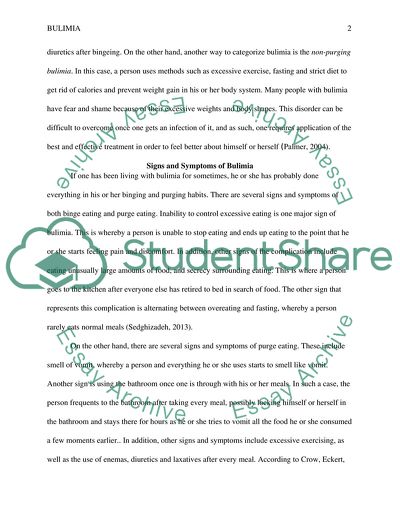Cite this document
(Bulimia Essay Example | Topics and Well Written Essays - 1500 words, n.d.)
Bulimia Essay Example | Topics and Well Written Essays - 1500 words. https://studentshare.org/psychology/1850640-bulimia
Bulimia Essay Example | Topics and Well Written Essays - 1500 words. https://studentshare.org/psychology/1850640-bulimia
(Bulimia Essay Example | Topics and Well Written Essays - 1500 Words)
Bulimia Essay Example | Topics and Well Written Essays - 1500 Words. https://studentshare.org/psychology/1850640-bulimia.
Bulimia Essay Example | Topics and Well Written Essays - 1500 Words. https://studentshare.org/psychology/1850640-bulimia.
“Bulimia Essay Example | Topics and Well Written Essays - 1500 Words”. https://studentshare.org/psychology/1850640-bulimia.


